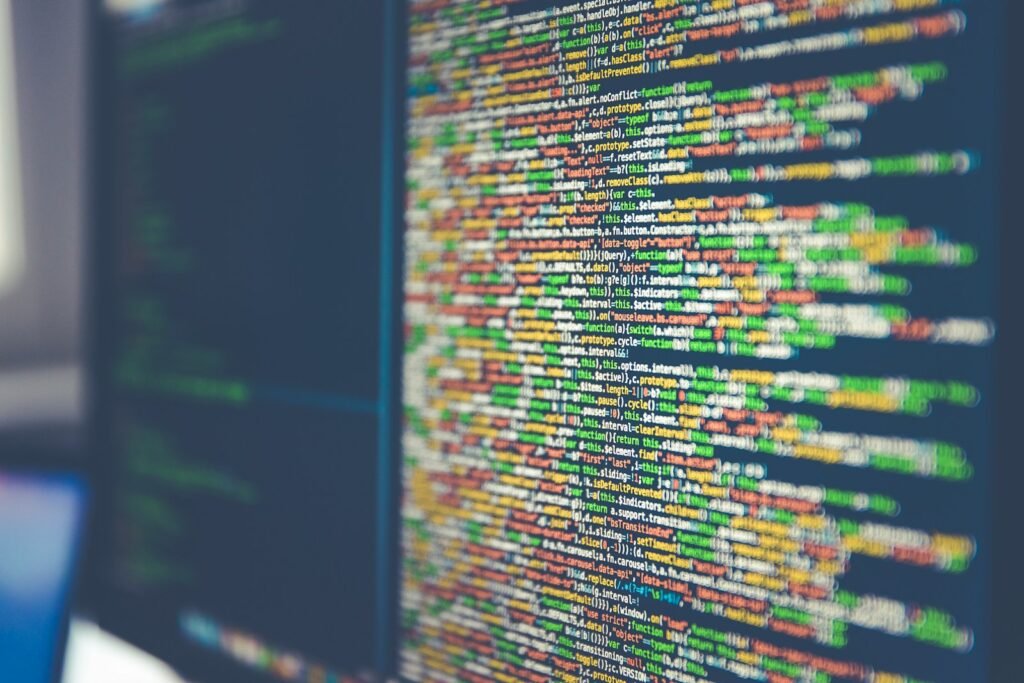Using Ubuntu can make the process of installing software complicated, especially if you are already using a Linux operating system. But to achieve this it is easy if one understands and knows how to use DEB files. In this guide, I will cover everything you want to know about DEB files and How to Install a DEB File in Ubuntu?
What is a DEB File?
A DEB file (Debian Software Package) is essentially an archive that is composed of two tar files, one for the control information and the other one for the data. The control file is structured as plain text and it includes information about the package such as its name, version, and dependencies while the data file includes the actual binaries of the software package.
Why Use DEB Files?
Using DEB files allows you to:
- Install software not available in the default repositories.
- Access newer versions of software.
- Manage software dependencies efficiently.
Methods to Install DEB Files
Yes, there are multiple ways of installing DEB files on Ubuntu and all of them have their benefits. We’ll cover three primary methods: Though it is possible to do it with the help of the Graphical User Interface (GUI), the command line (dpkg), and a specialized tool called GDebi.
Method 1: Using the Graphical User Interface (GUI)
This method is user-friendly and ideal for those who prefer a visual approach.
Step 1: Locate the DEB File
Usually DEB files will be saved in the Downloads section but you can look for them there. This can be done by opening up your file manager and browsing to this directory.
Step 2: Double-Click the DEB File
When the DEB file is located, the user can double-click on it to launch it in Ubuntu Software Center or any other package manager. This command will show the details of the package such as the name of the software, its version as well as a brief description.
Step 3: Click “Install”
Click the “Install” button to begin the installation process. The package manager will automatically handle the installation, including resolving any dependencies.
Step 4: Enter Your Password
You will be asked to input your password to enhance the security of the account. This is basically to ensure that you have the necessary privilege to install the software.
Step 5: Wait for Installation to Complete
Once the installation process is done then the software will be functional and can be used. It does not require downloading because you can start it directly from your application menu.
Method 2: Using the Command Line (dpkg)
This method allows for more control over the installation process but it is preferred for individuals who are familiar with the command line.
Step 1: Open a Terminal
To open the terminal type Ctrl+Alt+T on the keyboard.
Step 2: Navigate to the DEB File Location
Type the cd command to get to the directory that contains the DEB file you want to install. For example:
cd Downloads
Step 3: Install the DEB File
Use the dpkg command with the -i option to install the DEB file. Replace package_name.deb with the actual name of your DEB file:
bashCopy codesudo dpkg -i package_name.deb
You will be prompted to enter your password.
Step 4: Resolve Dependencies (if necessary)
If dpkg encounters dependency issues, you can try to resolve them using the following command:
bashCopy codesudo apt install -f
This command attempts to fix broken dependencies. However, you might need to manually install any missing dependencies if this does not work.
Method 3: Using GDebi (Recommended)
GDebi is a graphical package installer that can handle dependencies automatically, making it a reliable choice for installing DEB files.
Step 1: Install GDebi
First, you need to install GDebi. Open a terminal and run:
bashCopy codesudo apt install gdebi
Step 2: Open the DEB File with GDebi
Right-click on the DEB file and select “Open with” -> “GDebi Package Installer”.
Step 3: Install the Package
GDebi will then show the package details and the dependencies that the package requires. Select ‘Install Package’ to continue with the installation process.
Additional Tips
Verify the Package Source
Double check that the software you are installing is from a reputable source in order to prevent downloading malware. This means that one should always get the DEB files from trusted sites or developers.
Check for Updates
Then check the updates utilizing the software updater after installation is complete. Updating software is important so that the latest features are deployed and security patches are provided.
Remove the DEB File
After using the software, one can uninstall the DEB file to create free space for other operations or files. This means that once the DEB file has been run, the software shall still be installed and operational.
Read Also: How to Add Your Favorite Fonts to Illustrator
Conclusion
Using DEB files in Ubuntu plays a big role in having many choices of software plus it allows you to have updated versions of the applications. Although graphical interface, command line and GDebi have been used, all the methods get the job done in a very simple way.
Following this guide, you will be able to successfully install DEB files and address any problems that might occur, so that you can work effectively on your Ubuntu system.




What do you think?
Your point of view caught my eye and was very interesting. Thanks. I have a question for you.